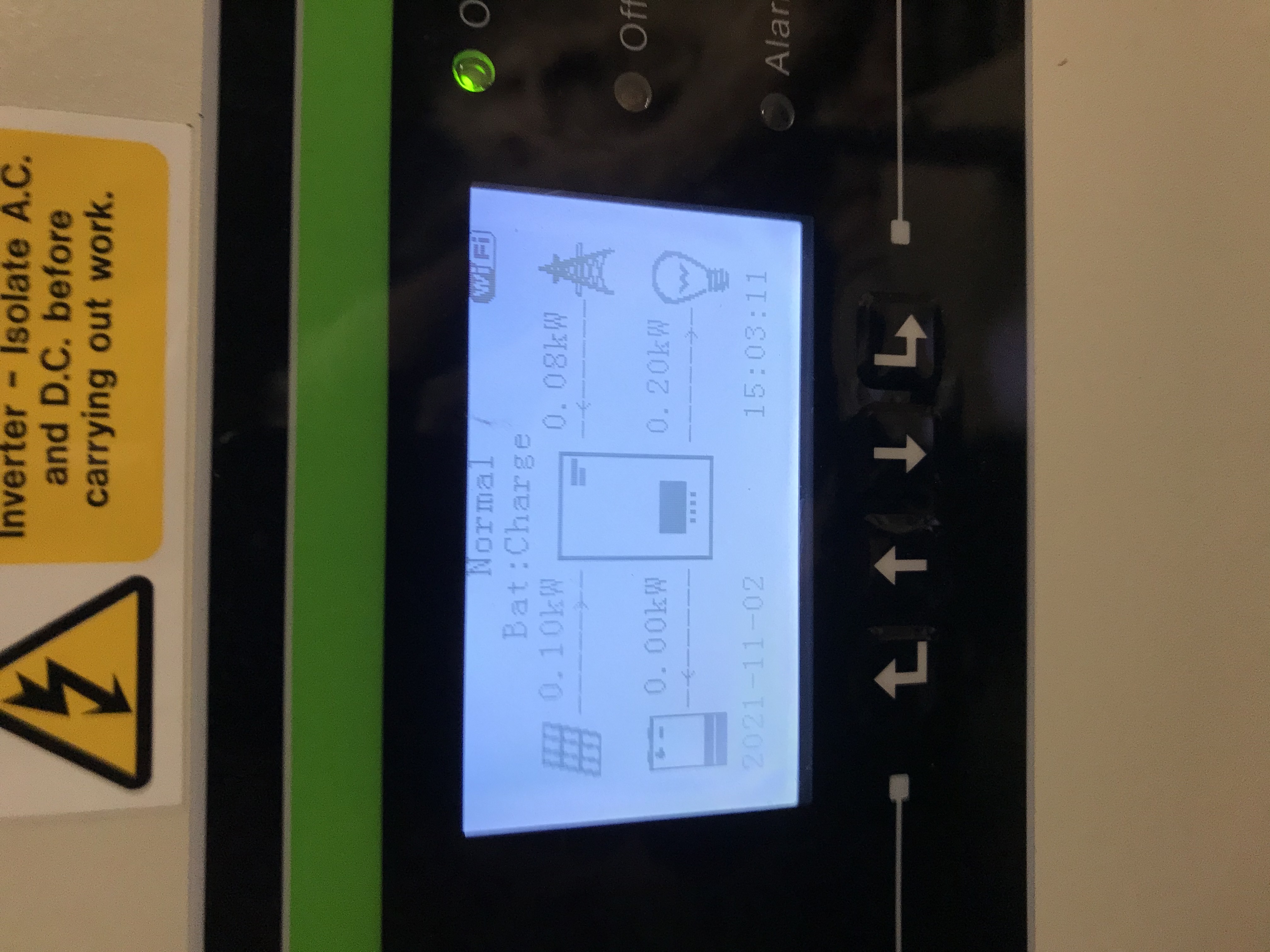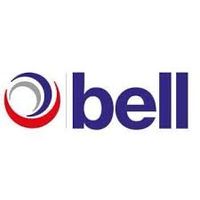Title Page
-
Job Number
-
Conducted on
-
Prepared by
-
Location
Heating, power and water template
Heat Sources
-
Location
-
Make/Model
-
Space heating controls
-
Thermostat and Programmer settings
-
Is associated pipework for heating insulated
-
Hot Water storage location and type
-
Hot water temperature (photo of thermostat)
-
If no hot water storage (i.e. combi) is there suitable space for a cylinder
-
Any suspected Asbestos around heating systems and equipment
-
Is there other energy storage (i.e. LPG/Oil tank etcc)
-
Is there a thermal Solar system present (size and type)
Power and Electricity
-
Electricity supply type -Single phase or three phase
-
Electricity Meter type
- Standard. These meters measure the number of units of energy you use every hour and display readings on a simple, mechanical display. Readings should be taken from left to right. Make a note of the black numbers (ignore the red numbers).
- Digital meters: These are electronic and have a row of numbers displayed on an LCD screen. Readings should be taken from left to right. Make a note of the first five figures on the digital display, ignore the final figure if it begins with 0.1. You may need to press a button to get the reading to display.
- Dial meters: These typically feature six dials, which look like small clocks, and appear more complex than standard or digital meters. Read the dials from left to right. You only need to read the first five dials – ignore the last red dial if there is one. Write down the figures that the dials are pointing towards. If the needle is positioned between two figures, record the figure it has just past.
- Economy 7 and Economy 10 meters: These meters are for households on Economy 7 and Economy 10 tariffs which charge lower rates for electricity at night than in the daytime. It is also known as a ‘time-of-use’ tariff, as what you pay depends on when you use electricity. Readings should be taken from left to right. The daytime reading will either be the top one, marked as ‘normal’, or the default display. The night-time reading will be the bottom one, marked ‘low’, or the reading accessed by pressing a button on the meter.
- Prepayment meters: A prepayment meter is basically a pay-as-you-go meter for gas and electricity, so you pay for your energy in advance. You’ll need to top up a card or key to do this. The meters come with a single or two-rate reading, similar to that of Economy 7 meters. Read the figures from left to right. Ignore any red numbers.
-
Meter Reading
-
Meter location
-
Consumer unit (fuse box) type
-
Is there a solar photovoltaic system (KW size of array, orientation, make and model of panels if known and approximate date of installation
-
Inverter make and model and location
-
Is there a PV diverter (model location and type of control PV divert to immersion type)
-
Is there an electrical/chemical battery- note KW size, make, type and location
-
Is there an electric car charging point- note location, capacity and make and model
-
Any suspected dangerous/bare wiring
-
Any suspected asbestos encasing heating systems and equipment
Gas
-
Is there a mains gas connection
-
Gas meter type
- Diaphragm gas meters: These meters are the most common type of gas meter in the UK. They measure the volume of gas that passes through them using a flexible diaphragm. They are available in two types: U6 and G4
- Electronic gas meters: These meters use electronic sensors to measure the volume of gas that passes through them. They are available in one type: E6
- Smart gas meters: These meters are the latest type of gas meter in the UK. They are designed to automatically send meter readings to your energy supplier, so you don’t have to. They come in two types: SMETS1 and SMETS2
- Imperial gas meters: These meters measure gas usage in cubic feet. They are being phased out in the UK and are no longer installed in new homes
- Metric gas meters: These meters measure gas usage in cubic meters. They are the most common type of gas meter in the UK
-
Meter reading
-
Meter location- note especially if on an external wall if likely to interfere with internal or external insulation
-
Services supplied by gas- note heating hot water and cooking
-
Any suspected asbestos encasing heating systems and equipment
Water and sewage
-
Is there a mains water connection
-
Is there a mains sewer connection












